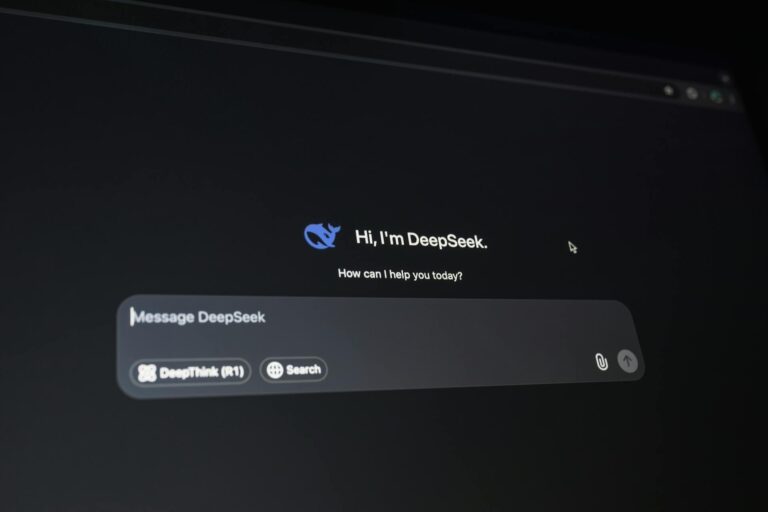
Snowflake’s Julien Alteirac on the role of data clean rooms in driving data collaboration in marketing and advertising.
The value of data collaboration within business is enormous. Gartner predicts that organisations that share data externally generate three times more measurable economic benefit than those that do not.
Increasingly we are seeing this type of collaboration develop across different industry verticals, but it’s particularly accelerating in the marketing and advertising landscape. As these creative industries face new regulations and increased pressure to strengthen consumer privacy controls, many brands are turning to data clean rooms as a critical foundational solution.
Data clean rooms provide a highly secure environment for multiple companies, or divisions of a single company, to collaborate across datasets. They offer businesses a protected space to store personally identifiable information (PII), where data is anonymised and processed to be made available for the purpose of identity, analysis, targeting, or media measurement, all in a privacy-safe, compliant way. As data clean rooms evolve, more and more advertisers are expected to tap into these environments to bolster their business and better serve customers.
Unlocking the potential of data clean rooms
When discussing data clean rooms, it’s important to distinguish between traditional and distributed data clean rooms, as both offer different levels of functionality. With traditional data clean rooms, all data is stored in a single physical location, limiting how the data can be shared. With the developments of cloud technology, distributed data clean rooms eliminate the need to move data from one location to another since the data can live in the cloud. This allows each partner to control its own data while enabling governed analytics with other partners, or even with multiple other partners, simultaneously.
If harnessed correctly, distributed data clean rooms can provide advertisers with many key benefits. These include the ability to build custom audiences that can be used on advertising platforms for the likes of social media, allowing marketers to fine-tune their ad targeting, or the opportunity to conduct in-depth analysis on combined datasets to gain insights on customer behaviour, segmentation, customer lifetime value, and more. To go one step further and allow for deeper analysis, a company can configure a Private Data Exchange, where the participants can privately “list” the data that would be useful for this analysis. This can be done securely in a place where only selected parties can see it, and without moving the data out of its database account. Each participant can then configure access controls, use secure functions, and leverage secure joins to properly protect the data, while still permitting joint data analysis.
For example, an advertising platform could use secure functions to allow the analysis of advertising displays by geography, but prevent results from geographic areas or sample sizes that are too small. Secure functions can also disallow queries that may violate privacy principles, strengthening the accuracy of the data that is being analysed and producing more impactful queries as a result.
When we speak about education, we forget that we already have a network of expertise and security domain knowledge within the UK. We are not starting from the beginning. Similar to other countries like the US, the UK has an opportunity to seek the real support of the private sector as not the ones stealing talent but the ones who can share talent, technology, and experience. That way, we don’t need to wait until 2030 but implement the security controls our country requires in a matter of months.
The blockchain of marketing analytics
One of the most popular use cases of data clean rooms is to link anonymised marketing and advertising data from multiple parties for attribution. Because of the way data clean rooms are created, they don’t allow data points that could be tied back to a specific user to leave the environment, giving organisations the ability to adhere to privacy laws. As standard, data clean rooms control what data comes in, how the data in the clean room can be joined to other data in the environment, what types of analytics each party can perform on the data, and what data, if any, can leave. In addition, the data owner has full control over the clean room, while approved partners can feed in with anonymised data.
Combined, these insights can put a business in a very advantageous position as they are able to derive more valuable insights from a wider pool of data. For example, native audience insight platforms share basic consumer demographics for analysis, but by adding sociographic and behavioural data, provided by other departments or external organisations, it becomes possible to present a more robust picture. Because of the capabilities of data clean rooms, they can be compared to the way people talk about blockchain in terms of being the ‘next big thing’, particularly in relation to marketing and analytics. Much like we can expect to see increased adoption of blockchain in the coming year, we can expect to see continued investment into data clean rooms as companies wake up to the advantages they can offer to their analytics infrastructures.
Using data for audience insights
In an industry-leading example of effective use of a distributed data clean room, NBCUniversal launched the NBCU Audience Insights Hub, built on a cross-cloud data clean room environment. The hub unlocked data interoperability between NBCUniversal and its advertising ecosystem partners, creating a safe and secure environment for NBCUniversal to share its first-party audience data. Its advertising partners were then able to safely and securely join this data with their own respective datasets, without moving, copying, or exposing any underlying PII.
By creating the hub, NBCUniversal and its partners can explore how audiences and customers overlap, providing valuable aggregate insights without any sensitive data being exposed. The hub also incorporates certified reach measurement models, enabling partners to use ad exposure data and conduct their own analyses, providing the ability to deduplicate campaign reach and frequency for more efficient media planning and measurement. As a result, team members and partners can craft more effective marketing campaigns, based on audience insights and data that they previously wouldn’t have had access to without using a data clean room.
Advertisers are finding themselves in a Catch-22. In order to give their customers the best experience, they need their data, however, customers are becoming more aware of how their data is being used and are reluctant to give it away. Data clean rooms are the answer. They give advertisers a way to mine, analyse and share data in much safer ways. With data clean rooms at the heart of their marketing function, advertisers can ensure they are reaching their consumers in the most effective way, based on data, without putting any information at risk and adhering to privacy regulations. As companies become more aware of the potential that data clean rooms can offer to produce more accurate analytics infrastructures, we can expect investment in this area to continue to grow in 2022 and beyond.

Julien Alteirac, Country Manager UK&I, Snowflake


